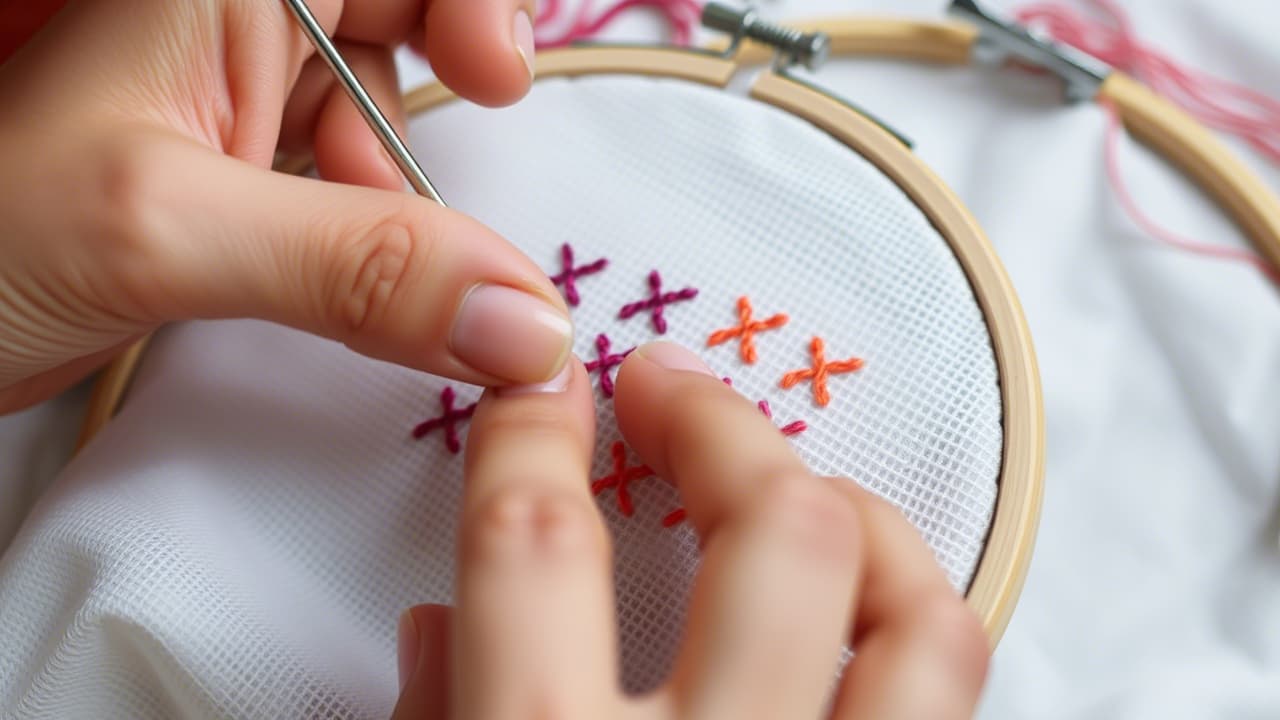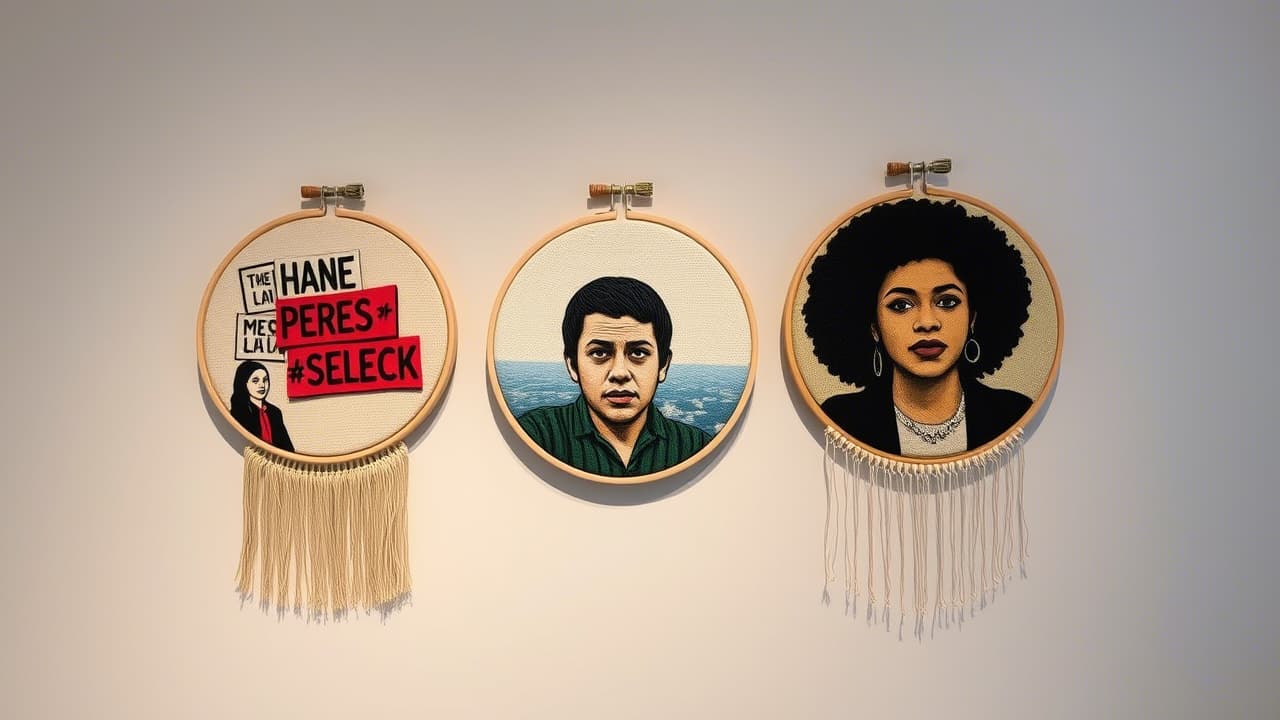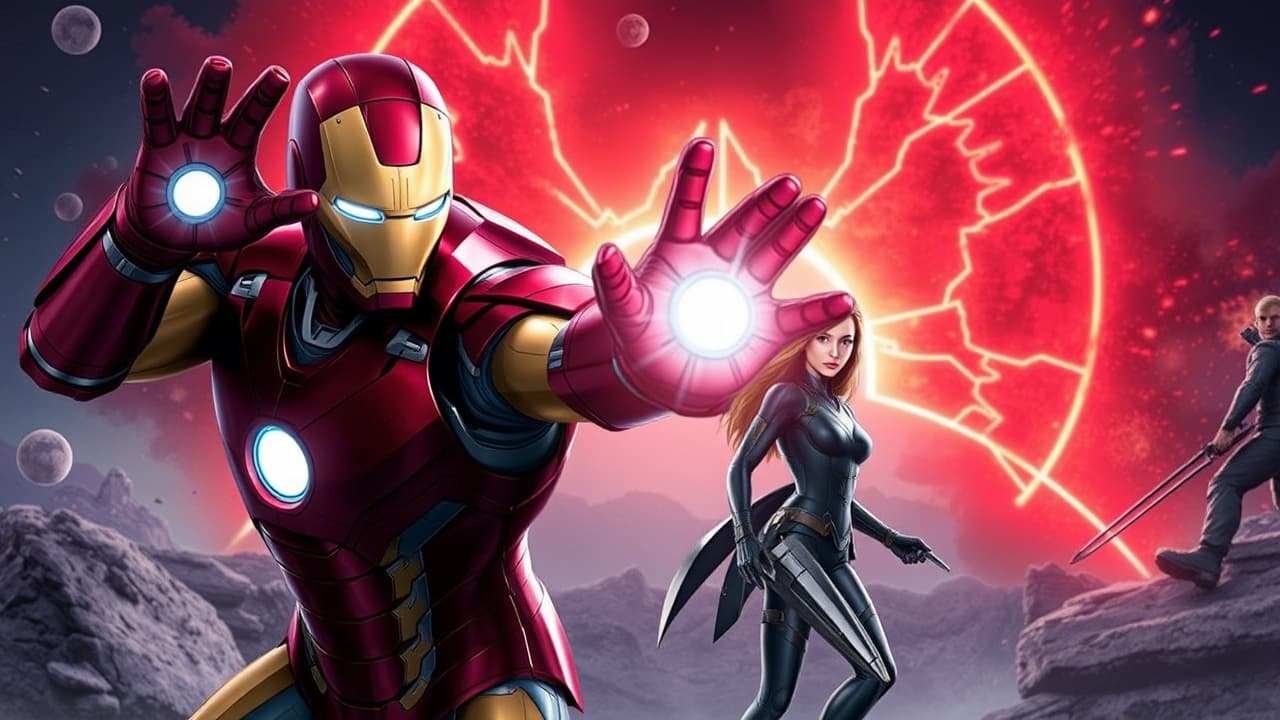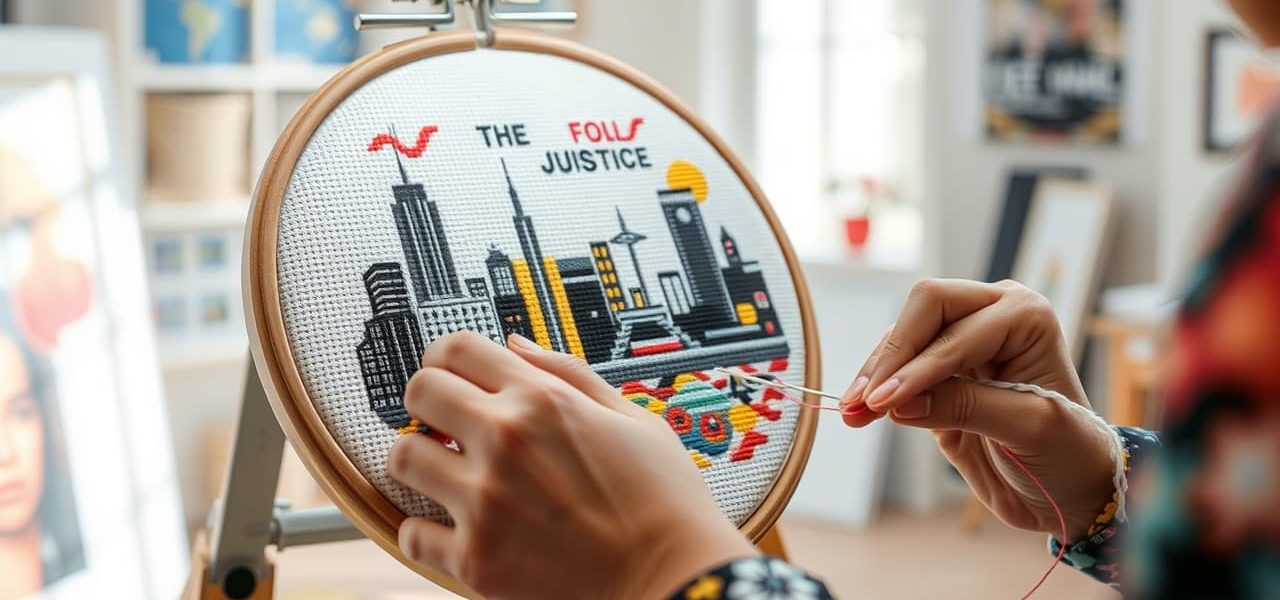In an age of hyper-digital expression, where art is often reduced to pixels and journalism battles for attention amid shrinking screens, an unexpected medium has re-emerged with striking relevance: counted cross-stitch.
Long associated with domestic crafts and tradition, cross-stitch has quietly threaded its way into contemporary culture — not only as a nostalgic pastime but as a legitimate form of visual storytelling and cultural commentary. From activist samplers to stylized depictions of superheroes, modern embroidery is reclaiming space in the dialogue of both art and media.
It’s no longer just your grandmother’s hobby. It’s becoming a canvas for journalists, designers, and cultural critics alike.
A Medium of Precision and Patience
Unlike freeform embroidery, counted cross-stitch is structured, mathematical, and deliberate. Each “X” is a decision. Each line is constructed one pixel at a time, much like digital image processing — but with tactile intention.

This kind of methodical construction aligns surprisingly well with journalistic rigor. Like journalism, cross-stitch demands careful framing, clear messaging, and emotional resonance. It’s visual but deeply narrative.
Artists use it today to stitch portraits of political leaders, recreate news headlines, or comment on cultural icons — combining image with message in a way that feels both personal and public.
From Domestic to Dissident
Historically, embroidery was confined to the private sphere — a skill passed down quietly among women, often underappreciated or dismissed as “decorative.” It adorned linens, christening gowns, and household items, relegated to the realm of domestic labor rather than recognized as legitimate artistic expression. For centuries, its function was ornamental, its labor invisible — a background detail in the narrative of home life.
But in recent years, embroidery has been reclaimed, recontextualized, and rearmed. Contemporary artists, activists, and thinkers are now wielding the needle not as a tool of domesticity, but as a symbol of resistance, resilience, and identity. In their hands, thread becomes a political medium — slow, intentional, and deeply personal.

Needlework now speaks in sharp tones. It stitches slogans from protests, portraits of activists, and climate change statistics into hoops and wall hangings. Artists use it to subvert traditional forms — like samplers that once showcased alphabets and home virtues, now declaring “No justice, no peace” or “The future is handmade.” Some render data visualizations in thread, creating embroidered infographics about carbon emissions, mental health, or surveillance capitalism. Others cross-stitch viral tweets, transforming fleeting digital commentary into lasting, tactile artifacts.
The slowness of thread, in contrast to the speed of the scroll, is more than aesthetic — it’s philosophical. It asserts that not all truth must be breaking. Not all messages must be loud. That silence, softness, and repetition have their own forms of power.
Pop Culture as the New Mythology
One of the most intriguing evolutions of modern cross-stitch is its embrace of pop culture icons. Superheroes, movie quotes, pixelated symbols — all are making their way into hoops and frames around the world.
But this isn’t trivial. In many ways, pop culture is the modern mythology. Today’s Iron Man or Black Widow serve roles not unlike the Greek gods or folklore heroes of the past. They embody values, conflicts, traumas, and aspirations.

Stitching them is a way to archive not only visual likeness but also cultural moment. It’s no coincidence that cross-stitch patterns now frequently feature superheroes — not as mere decoration, but as narrative anchors.
A great cultural shift is the collection of Avengers-themed counted cross-stitch patterns. These designs — featuring characters like Thor, Hulk, Captain America, and Iron Man — invite stitchers of all levels to engage with storytelling through art. They represent an accessible entry point into pop-craft, but also offer subtle ways of expressing identity, nostalgia, and admiration.
A Shared Language of Symbols
Cross-stitch, especially when it intersects with icons like the Avengers, functions as a shared visual language. It lets people say “I belong” without shouting. It connects generations — a teenager stitching Spider-Man can find common ground with a grandparent stitching flowers.
It also transcends linguistic barriers. A stitched logo. A stitched quote. A stitched gesture. These forms become almost journalistic glyphs — small, portable pieces of meaning.
For designers and cultural critics, this is fertile ground. What happens when mass-media meets traditional medium? When “craft” becomes “commentary”? When a pop icon like Captain America is preserved not in pixels, but in painstaking embroidery?
These are the questions stitched art now dares to ask.
Final Thoughts: The Power of the Needle
As technology accelerates our lives, there’s something radical about slowing down. There’s something honest about thread. There’s something undeniably meaningful about choosing to tell a story — be it fictional, factual, or somewhere in between — through small, quiet, deliberate acts.
Cross-stitch today is a hybrid: art form, memory keeper, political voice, and pop culture mirror.
And it’s growing — one “X” at a time.
